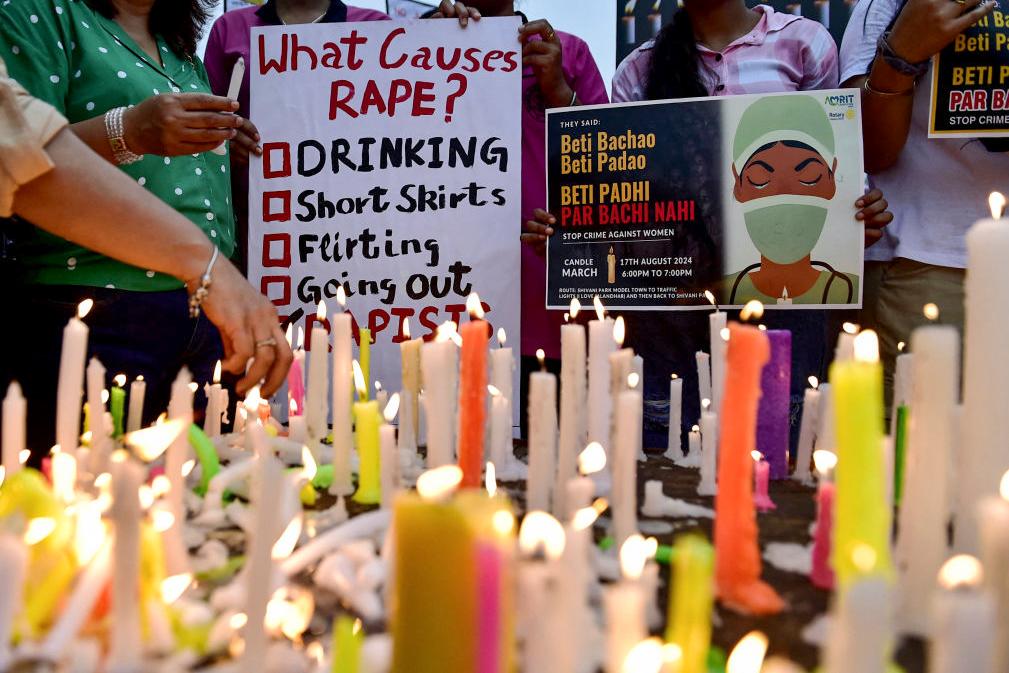News Analysis
DELHI—The rape and brutal murder of a 31-year-old trainee doctor on Aug. 9 in India’s eastern city of Kolkata—allegedly by a hospital volunteer—continues to rule news charts and sociopolitical discourse in the country.

DELHI—The rape and brutal murder of a 31-year-old trainee doctor on Aug. 9 in India’s eastern city of Kolkata—allegedly by a hospital volunteer—continues to rule news charts and sociopolitical discourse in the country.